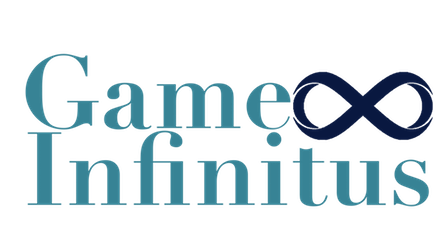The Legend of Zelda: Skyward Sword HD is yet another classic game that Nintendo is remastering and re-releasing on the Nintendo Switch to cover holes in their release schedule caused by a shortage of new video games. While they have a jam-packed release plan for the second half of 2021, the same cannot be said for the first half. Regardless, finding a new Zelda game released for the Nintendo Switch was exciting.
Unlike most other Zelda fans, I never had the opportunity to go through The Legend of Zelda: Skyward Sword. I was really interested in checking it out because of the motion controls, however, they also proved to be a disadvantage. When the new remaster was released without the requirement for motion controls, I figured it was the ideal time to give it a go.
This will not be a full review because I will mostly discuss the changes and upgrades made to the game. The first is straightforward. The original game ran at an SD resolution of up to 480p, which fits nicely with the graphic style intended by Nintendo. When the game is upgraded to run in full HD, this is no longer the case (1080p). This art style just does not scale well to a full-HD display, and Nintendo has chosen to neglect any technical upgrades that may improve it.

For me, the most significant improvement is that the game now runs at 60 frames per second. I won’t be able to comment on how the new additions can improve the experience because I haven’t played the original game. The integration of the Loftwing Amiibo was one of the things that stuck out to me. Apparently, this allows players to immediately switch between Sky and Ground mode, thus putting it behind an Amiibo is a bad idea.
As I played this remaster while skipping the original game, I couldn’t help but wonder how the omission of such essential aspects contributed to the game’s positive reception from critics. The option to control the camera was absent in the initial release, and it feels crucial to the whole experience in the final product. I also read about unskippable tutorials and item descriptions, all of which have been addressed in this version. How can such little elements, that have such a large impact on the game, be completely overlooked by critics at its initial release?
The dungeons in the game were done really effectively in my opinion. This is something that Breath of the Wild lacks. They have some interesting puzzles, but the poor gameplay, worsened by the forced motion controls, may make traversing them a pain.
Boss fights are also entertaining unless they include the main villain. I feel justified in labeling the final fight of Skyward Sword among the worst in the series. It fails on every fundamental level and has no function other than to annoy you. You begin to lose interest in the game at this stage. It is not just a terrible experience, but the fight itself appears to be poorly designed to torture the player.
While motion controls are optional, I found myself using them halfway through the game. Because the original was designed in this manner, playing the game with the controller just seems weird. To be honest, the Joy-Con isn’t all that awful, but the combat might have been much better if the game hadn’t been created with motion controls in the first place.
If you’re a Zelda fan who hasn’t played Skyward Sword, I’d recommend skipping this one. It’s simply not a decent game. The improvements have made it a better product, but the game’s foundation is problematic. I only wish Nintendo had taken the time and effort to remaster or re-release some of the other great Zelda games, such as Wind Waker and Twilight Princess.
[penci_review]



